What is the Working Holiday Visa in Korea (H1)?
The Working Holiday Visa in Korea, also known as the H-1 visa is designed for people who want to discover South Korea while financing their travel and living expenses by working small-time jobs. With a Working Holiday Visa in Korea, you can stay up to 12 months within the country (more for US and U.K.) and you are free to travel to other countries and come back since it is a multiple entry visa.
In the Republic of Korea, the Working Holiday Program is available to 25 countries, so make sure that your country is featured on the following list before applying. Note that there is a quota of applicants for one year. The visa is given on a first-come-first-serve basis.
What are the requirements to be able to apply for a working holiday?
To be able to apply, there are some criteria you have to fit, such as:
- Be between 18 and 30 years old (inclusive) and unaccompanied by a dependent.
- Have a passport valid for at least 1 year.
- Be able to give financial proof that you can support yourself financially during the first stage of your Working Holiday in Korea. This means you need a bank statement showing at least KRW 3,000,000 in savings.
- Have a return flight ticket or proof of funds that you can buy one.
- Have special insurance covering your Working Holiday period.
- Be traveling to Korea for the sole purpose of holiday and travel.
- Submit your travel plans (see below).
- Pay the application fee usually in cash(if there is one).
Those requirements are susceptible to change according to your nationality so be sure to check your country’s Korean embassy to get the appropriate information.
How to apply for the Working Holiday in Korea?
The next step is to prepare all the paperwork, you will find the list of the needed documents on your country’s Korean embassy website. You might need a medical check-up, fill out online documents like an e-visa form, and a criminal record check.
2 documents everyone has to procure are “travel plans” and a Certificate of Health Insurance covering the length of your stay.
Travel Plan
The “travel plan” is a simple document where you write your motivation, your objective, and the plan of your travel with a timetable in chronological order. Depending on the embassy, you can download forms to fill in, but otherwise, here is a template form to give you an idea of what is expected from you.
Working Holiday Insurance
Another requirement is the insurance certificate. There are some special insurances made especially for Working Holiday applicants since there are requirements on the coverage. They require a 1-year insurance contract covering civil liability, repatriation, and all the risks linked to disease, maternity, disability, and hospitalization, with a coverage minimum of 40,000,000 won. A quick search on Google will allow you to find an insurance policy fitted to your needs.
Be aware, that your insurance may not refund bills if the hospital paperwork and pharmacy bills are in Korean, and finding a proper translator can be expensive. Make sure you read the insurance contract or call the insurance company before subscribing to clear this point up.
Application process
Once you have collected all the documents, you should make an appointment at your local embassy. You are only able to apply for the visa in person in your country of residence. The processing time can take 5 to 14 working days depending on your embassy. Check your embassy website as it may differ. During the appointment, they will give you a paper with the time when to pick up your passport.
*For those living in the countryside and who cannot easily go to the embassy, make sure to reach out to the Korean embassy of your country to see if you can send your application and/or get your visa back by mail.
Finally, received your Working Holiday visa? You have a limited time to enter the country. However, this is different per country. This could be 1 month, 3 months, or even up to a year starting from the issuance date. Pay attention, if you arrive too late your visa could be canceled.
What should you prepare before coming to Korea?
Learning Korean
It is now time to prepare for maybe the best year of your life, and there is one recommendation to make: learn Korean. If you don’t have the time to learn before leaving, at least learn how to read Hangeul and download one of these apps. Know that the Working Holiday Visa enables you to study Korean (and only Korean) in universities without getting a student visa. You can also check this article that compiles all the places to learn Korean in Korea.
You might be wondering why do you need to learn Korean, especially if you have already come for holidays. Yes, you can manage to live pretty easily in Korea without speaking a single word of the language, but that’s very different when it comes to working. Most of the jobs available for foreigners require at least a basic or intermediate level of Korean, even as a waiter/waitress. Of course, you can find jobs that do not need Korean, so don’t feel discouraged, there are still opportunities for you!
What types of work can you do with a Working Holiday Visa in Korea?
The types of work you can do with a Working Holiday Visa in Korea are pretty restricted. You cannot work as a teacher, manager, researcher, artist, model, etc. The hospitality sector, like coffee shops, restaurants, guesthouses,
According to your home country, restrictions on working hours and how long you can work for the same company differ. Working hours tend to be limited to 25 hours per week, but be sure to check before starting work.
The minimum wage in Korea was raised in 2022, from 8,720 KRW to 9,160 KRW per hour. Be aware of the minimum wage, as employers seeing that you’re a foreigner might try to hire you for under the minimum. However, as you are working legally, assert that you are entitled to at least 9,160 won per hour.
What do you have to do when you arrive in Korea?
Alien Registration Card
Once you finally arrived in Korea, there are some things left to do. Within the first 90 days upon your arrival, you have to get your Alien Card Registration (ARC) at the Korea Immigration Office near Mok-dong station. You can find a list on HiKorea of the documents you have to prepare. The basic requirements are; a passport copy, a pass photo with white background, and your rental agreement*. You are able to obtain all documents there, however, it is easier to come prepared.
Make sure to reserve an appointment before going, as it is mandatory. Book ahead as there is generally a 1month wait before getting your reservation. Reserving through the mobile site is much easier than the desktop site. The registration process costs 30,000 won and you will have to pay before and keep the receipt to show it during your appointment. The fees should be paid at the ATM located within the building of the Korea Immigration Office. Be sure to come early so you can pay the fee and fill out the paperwork there. After applying it takes about a month until you can pick up the card.
*This document wasn’t shown on the list above, but you will be required to bring the original copy of your rental agreement or any other type of document proving your address in Korea.*
The ARC is necessary if you want to travel to other countries, but if you plan to go overseas before receiving the physical card, you can show your temporary certificate at the immigration gates.
Change of address
If you move apartments during your Working Holiday in Korea, you are required to inform authorities within 14 days (weekend included). You can either go to your local “gu” office (ex: if you live in Yongsan-gu, look for the Yongsan-gu office), Korea Immigration Office, or your “dong’ community center (ex: you live in Yeoksam-dong, then go to the Yeoksam-dong community center). You can book your appointment on the HiKorea website. If you don’t declare your new address within 14 days, you will only be able to go to the Korea Immigration Office and you might get a fine.
Korean National Health Insurance
After living in Korea for 3 months, you become eligible for the National Health Insurance (NHI). Note that this is not mandatory, nor does it exempt you from subscribing to the Working Holiday Insurance. For more information on the benefits and application procedures, check the NHIS website.
How to change visas after the working holiday period is over?
If you get a job offer and the opportunity to get a working visa, you must know that only these 4 countries can change visa status before the end of the H1: U.K., France, Ireland, and Denmark. This change of status is only available if you’re applying for an E-7 visa (Foreign National of Special Ability Visa). If this is not the case, you will have to wait until the end of your Working Holiday visa before getting another visa.
Now that you know everything there is to know about the Working Holiday Visa in Korea, what is left for you is just to enjoy this year to the fullest and make amazing memories.
Don’t forget to tag 10mag Instagram in your most beautiful landscape photos and 10magfood in your delicious food pictures.

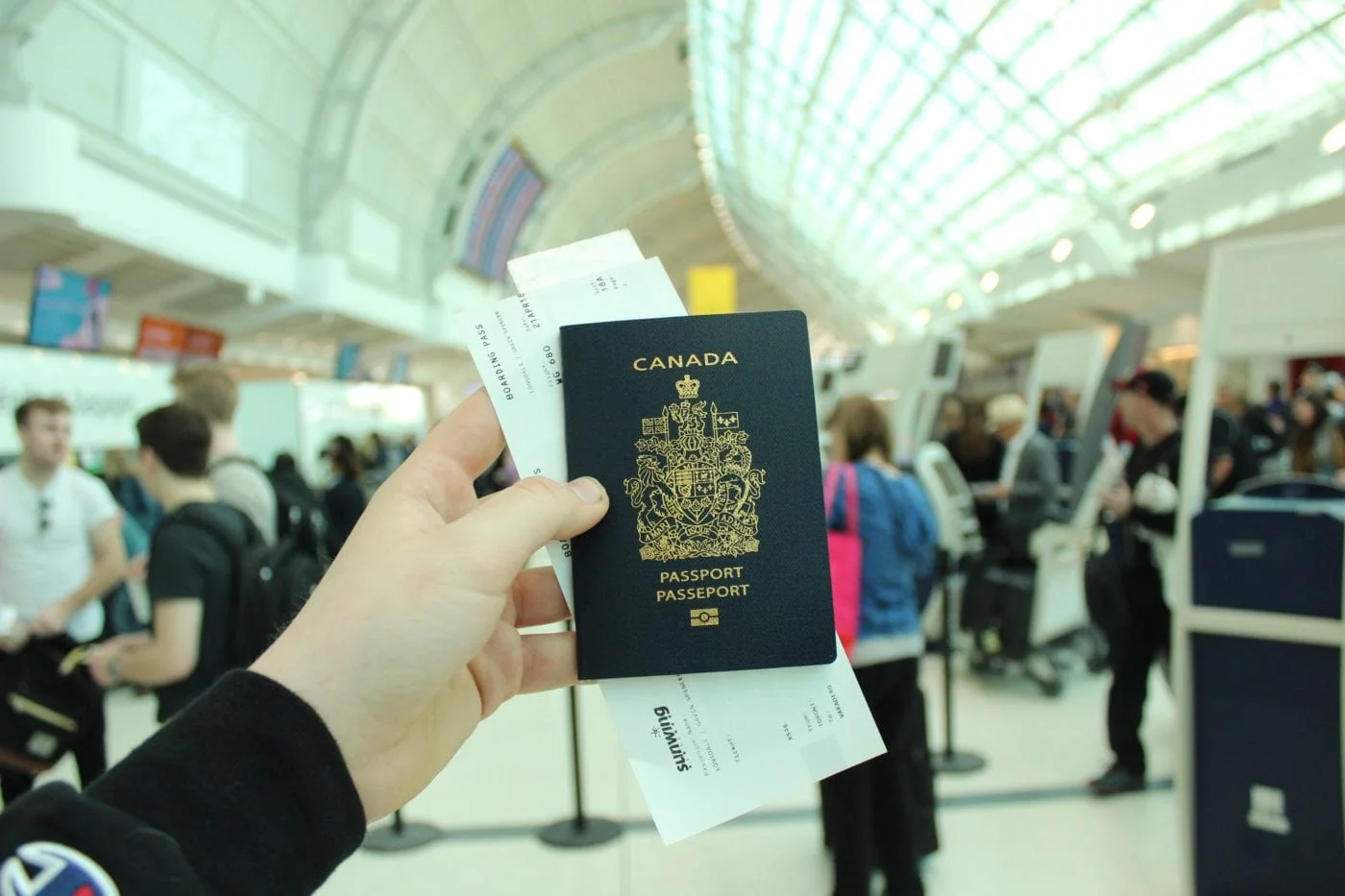


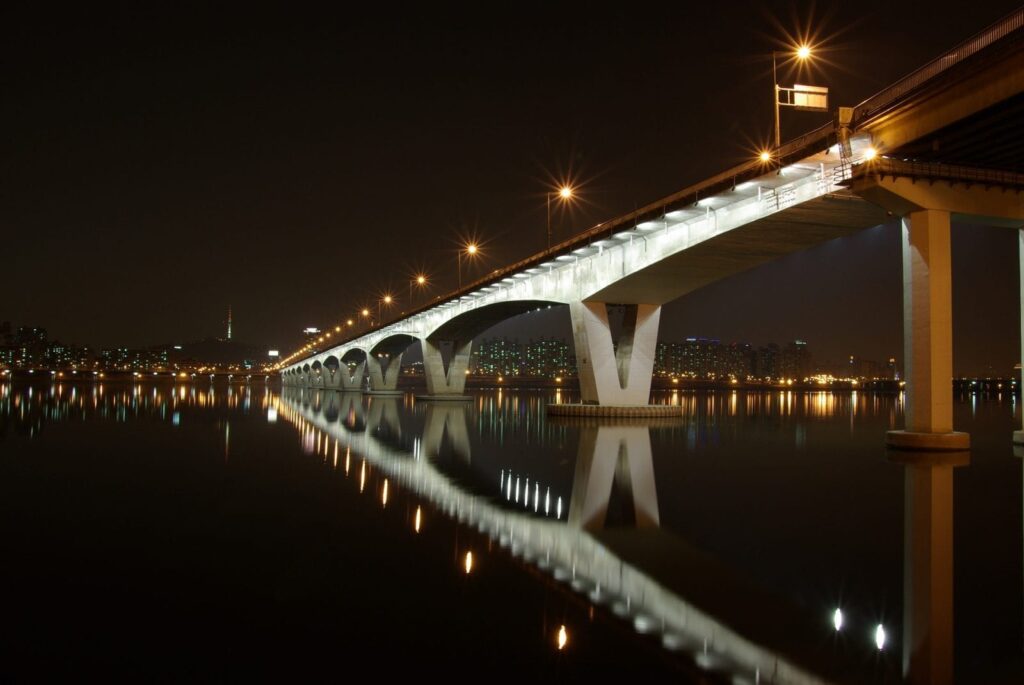

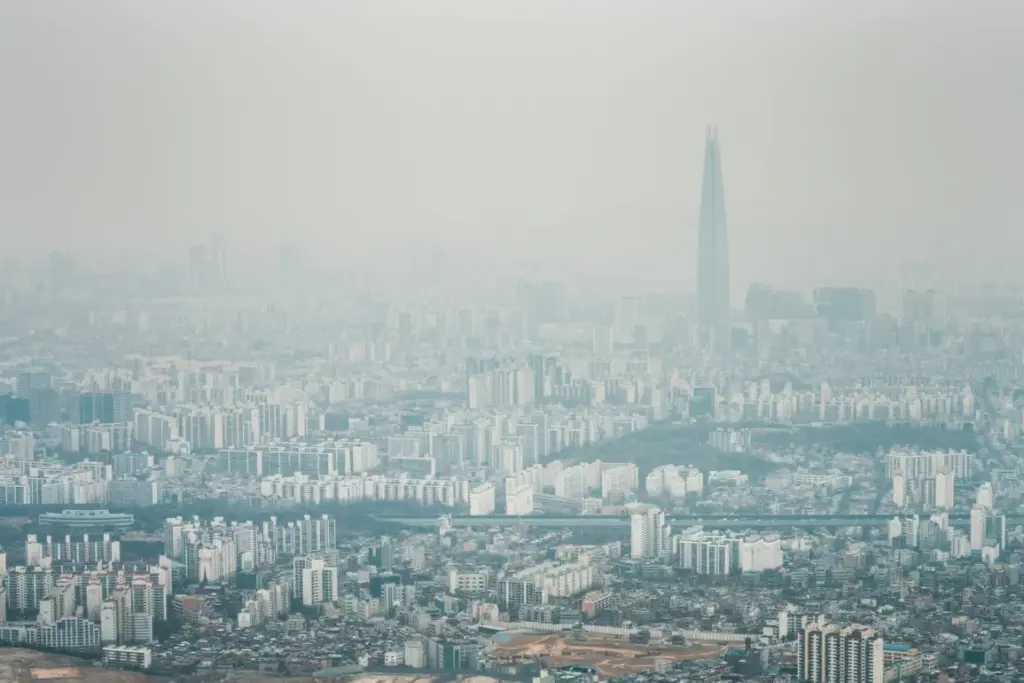
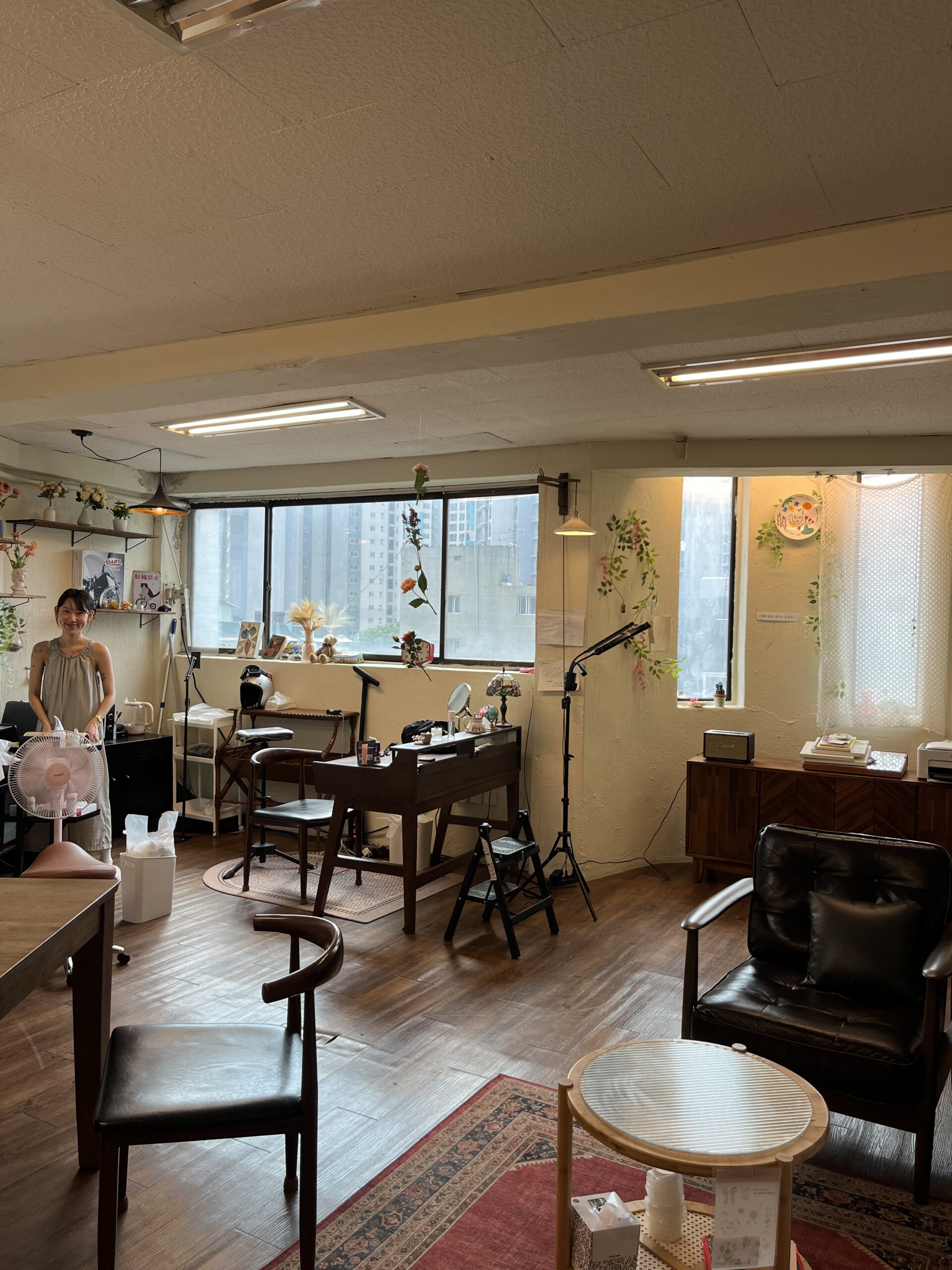

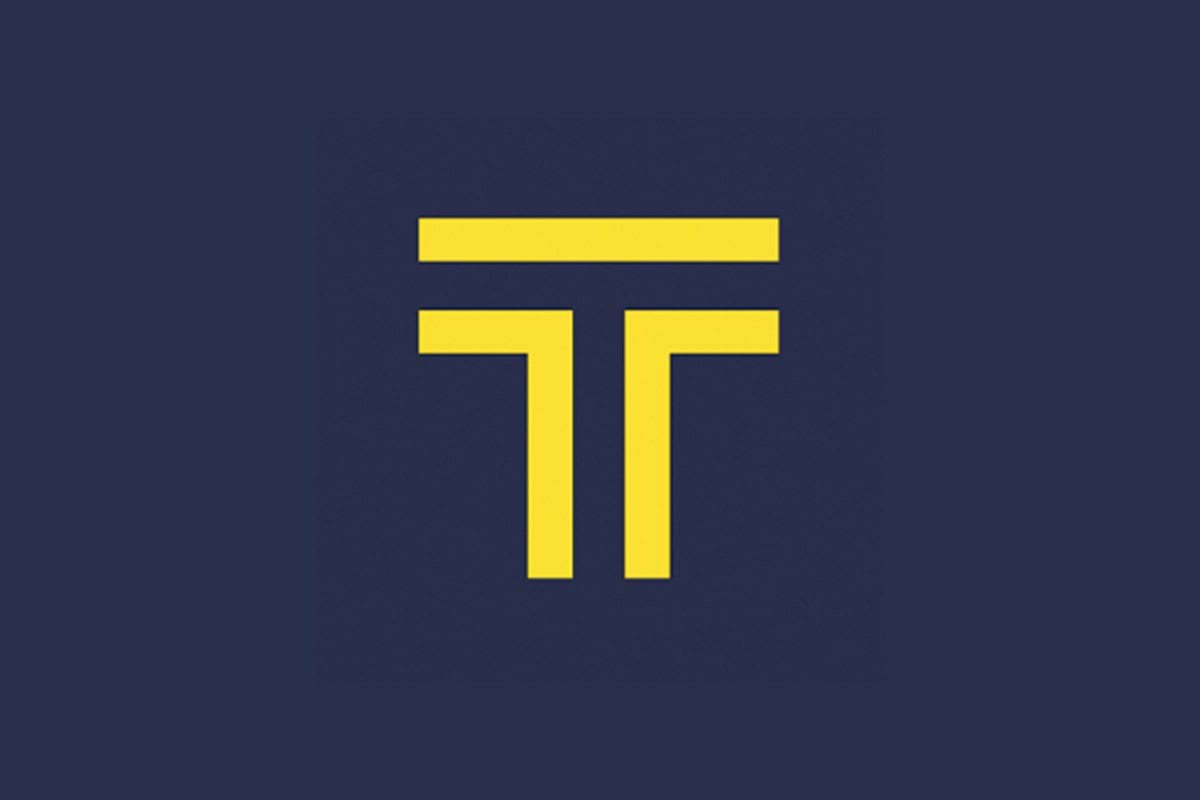
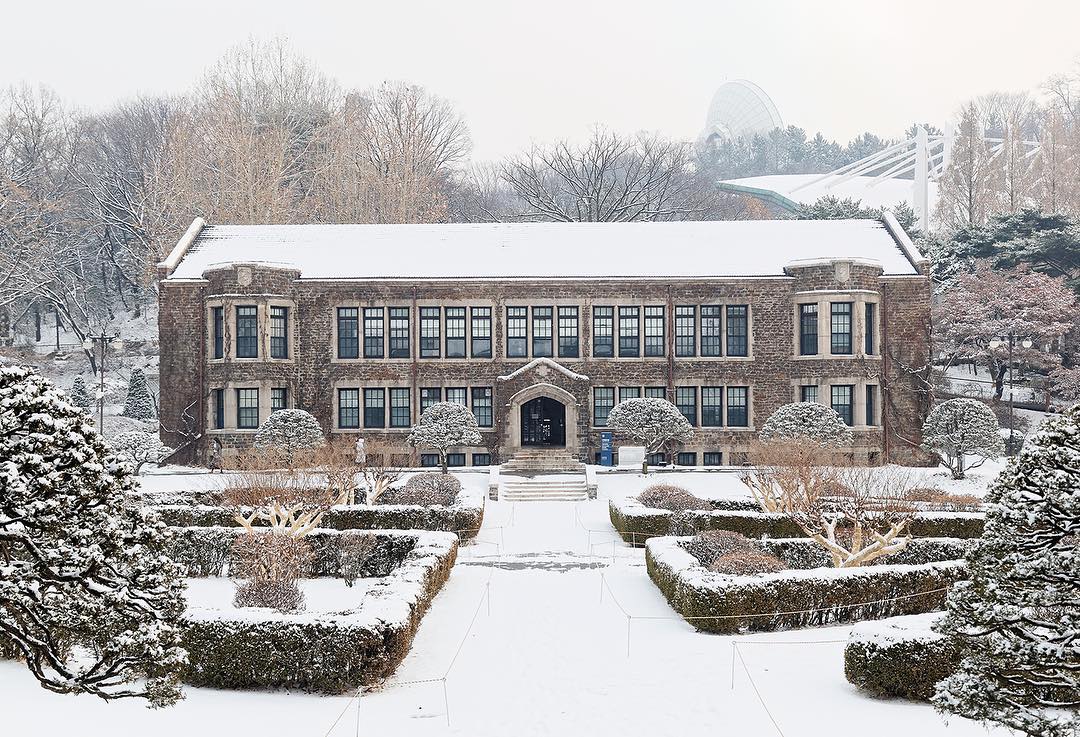
6 comments
Stephane
Hello,
I was told twice that a French person holding a H-1 visa cannot change to E7 visa in Korea under the agreement between the two countries but I can’t find any information about this rule anywhere online. Is that correct?
Thank you for your help!
Elías M
As far as I know you can just not work if you want. But it’s kind of senseless because almost all (if not all) of those countries allow to travel to Korea without any visa (for tourism purposes). So if somebody wants to get all that bunch of documents without the intention of looking for a job, it’s his/her choice I guess.
Christine
Hello! This is a helpful article and a great read!
However, I’ve noticed possible discrepancies between this article and the US Embassy of Korea website:
1)This article says that you have 1 month from the start of visa issuance. However, on the US Embassy of Korea website, it says you have 12 months from issuance to enter Korea.
2)This article names a certificate of Health Insurance as a requirement for obtaining this visa for all applicants despite their resident country, but this isn’t mentioned on the US Korean embassy’s website under the required documents for this application process.
It isn’t at all my intention to pick apart this article. I’m simply trying to acquire the most accurate information possible before beginning the application process myself; I don’t want to risk my application being rejected because of false understanding. I’ve found myself relying on online research and articles like these to get some of my questions answered since my local Korean embassy is hard to contact and difficult to understand over the phone.
If anyone could clear any of this up for me, I would deeply, deeply appreciate it.
Thanks
Simon
Hey! What happens if you don’t actually work on a WHV in South Korea?
We were just debating this topic
Elías M
As far as I know you can just not work if you want. But it’s kind of senseless because almost all (if not all) of those countries allow to travel to Korea without any visa (for tourism purposes). So if somebody wants to get all that bunch of documents without the intention of looking for a job, it’s his/her choice I guess.
Laura Beaty
Not a lawyer, but can’t imagine you HAVE to work. Many people go months in between jobs or travel around Korea during that time. Interesting question though!